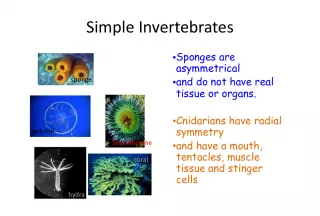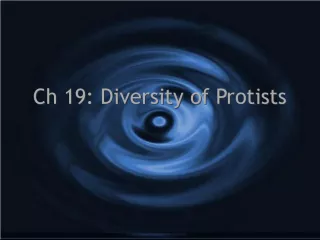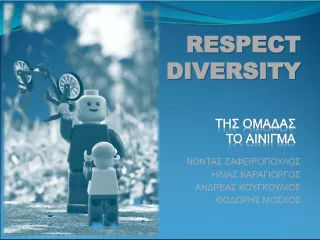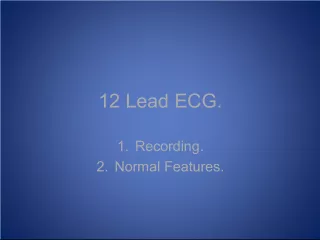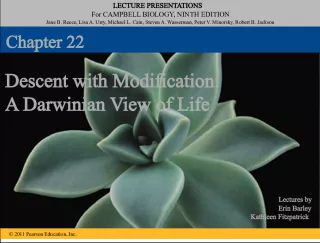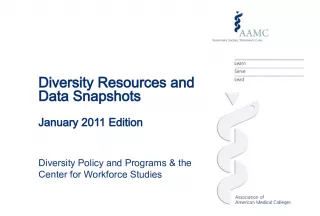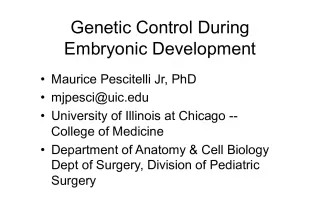Diversity and Morphology of Nematomorpha: Gordian Worms - Horsehair Worms
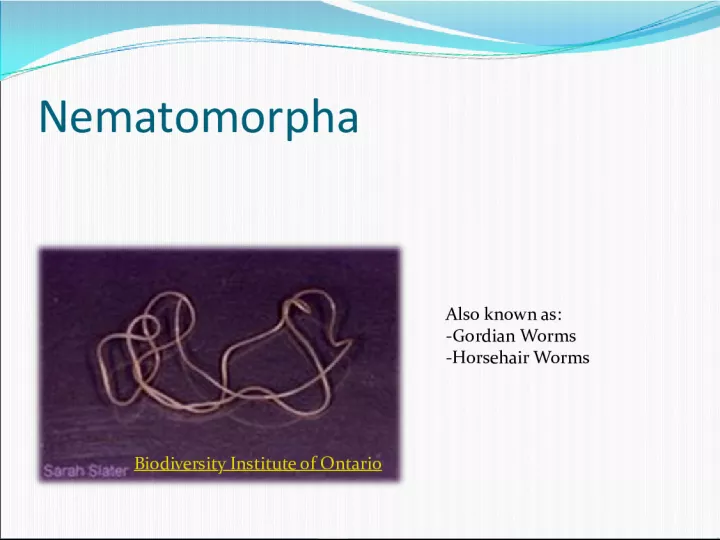

Explore the biodiversity and unique morphology of Nematomorpha, also known as Gordian Worms or Horsehair Worms. These extremely long and thin worms are found mostly in freshwater habitats, with some marine exceptions. While adults are free-living, their larvae are parasitic.
- Uploaded on | 3 Views
-
 skylerrau
skylerrau
About Diversity and Morphology of Nematomorpha: Gordian Worms - Horsehair Worms
PowerPoint presentation about 'Diversity and Morphology of Nematomorpha: Gordian Worms - Horsehair Worms'. This presentation describes the topic on Explore the biodiversity and unique morphology of Nematomorpha, also known as Gordian Worms or Horsehair Worms. These extremely long and thin worms are found mostly in freshwater habitats, with some marine exceptions. While adults are free-living, their larvae are parasitic.. The key topics included in this slideshow are Nematomorpha, Gordian Worms, Horsehair Worms, freshwater, biodiversity,. Download this presentation absolutely free.
Presentation Transcript
1. Nematomorpha Biodiversity Institute of Ontario Also known as: -Gordian Worms -Horsehair Worms
2. Onychophora Tardigrada Arthropoda Nematoda Nematomorpha Kinorhyncha Priapulida Loricifera Ecdysozoa
3. Morphology Extremely long and thin worms. They are only 1-2 mm in diameter, but up to 3 feet long Known as the horsehair or gordian worms. Non-segmented with an indistinct head no wider than the body. Found predominantly in freshwater (with a few marine exceptions). Adults are free-living but larvae are parasitic.
4. Biological Systems They are pseudocoelomates and have no specialized circulatory or respiratory system and also lack excretory organs Have a digestive system that has atrophied and they absorb soluble nutrients across their body wall.
5. Life Cycle Have both a parasitic stage, and free-living stage Four life stages: Egg Pre-parasitic larva Parasitic larva Free-living adult
6. Larva Egg laid in water hatches in 15-80 days producing a swimming larva with an eversible barbed probosicis. Larva enters the body cavity of an arthropod host where it lives for about a year, grows, and undergoes metamorphosis (many species have two hosts).
7. Adult Once larva has almost reached adult stage, it begins manipulating the hosts behavior. When ready to emerge, the adults manipulate the host into entering water. The mechanism is unknown. The adult bursts from the body cavity of the host, killing it in the process.
8. Adults Once the adults emerge, they stop feeding and all of the worms energy is directed towards reproduction. Nematomorphs reproduce sexually and a female nematomorph may deposit one million eggs in water..
9. Different Life Cycles Larva Intermediate host Definitive Host Most common Larva Plant matter Definitive Host Often found in species that live in temporary ponds. Larva Definitive Host Least common
10. http://www.nematomorpha.net/Ne matomorphs.html Common Life Cycle
11. Distribution They are found worldwide and there are about 325 described species, although many more undescribed species undoubtedly exist.
